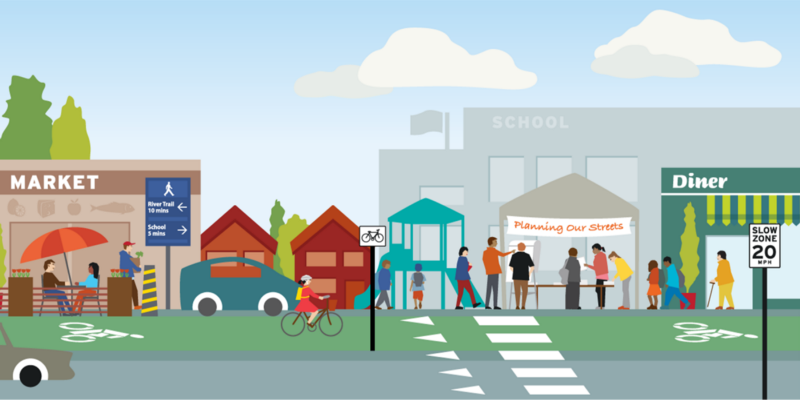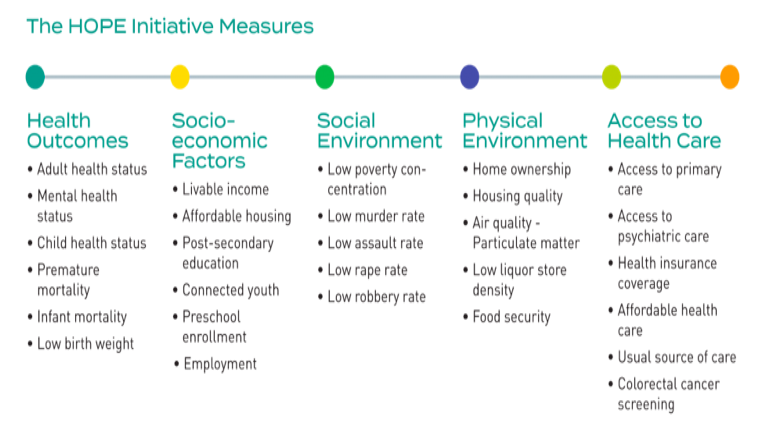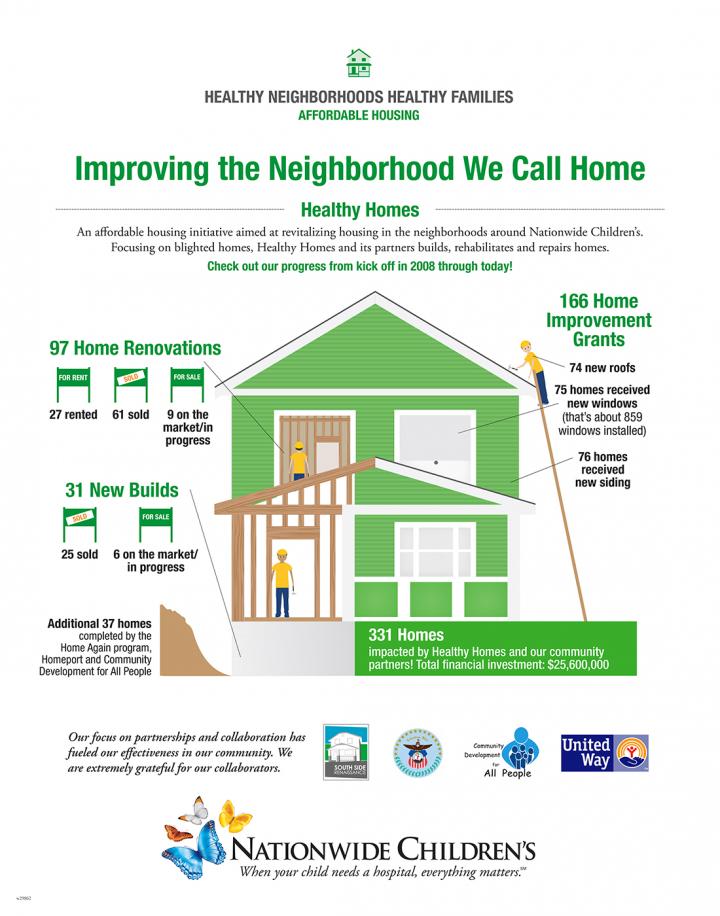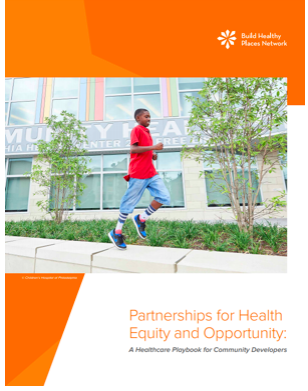"Where you live plays a significant role in how healthy you are. But when it comes to promoting health, not all neighborhoods are created equal. And neighborhoods with the best access to health-promoting resources — like quality housing, good jobs, well-maintained parks, healthy food, and excellent schools — aren’t accessible to everyone.
Today, many of the differences between neighborhoods exist because of decades’ worth of interrelated policies that have cumulatively influenced where investment and opportunity have concentrated and who has access to them. The result is increasing health disparities and exacerbated inequities in communities across the country. Read on to learn more about 8 laws and policies that have created unhealthy places and about tools and resources that can help heal policy harms and create healthy neighborhoods for all..."
Erik Calloway & Chassidy Hanley | August 6, 2018
The read the 8 policies from ChangeLab Solutions, please click here.
Read More








